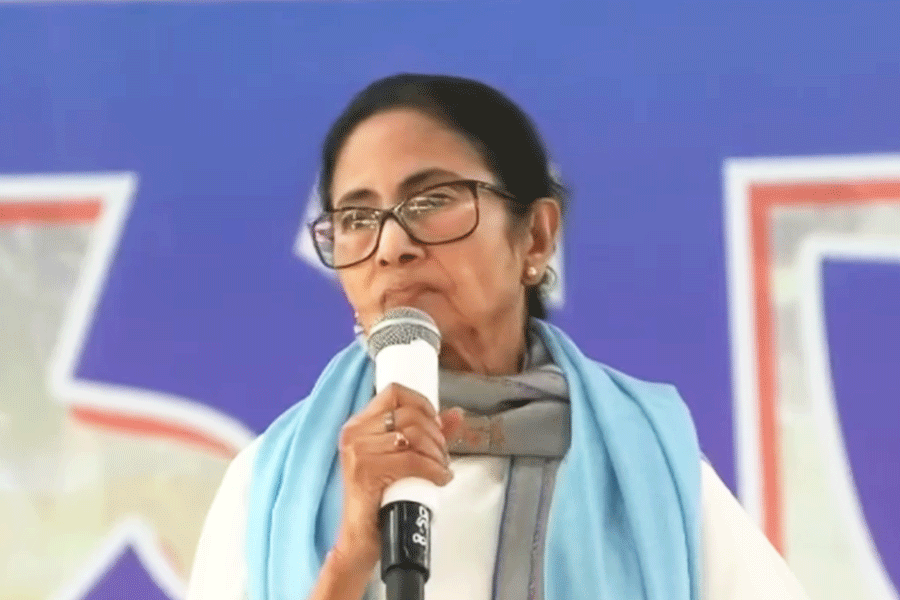 |
| Participants at the workshop on animal nutrition and fodder production at Kisan Prashikshan Kendra, Dhurwa, in Ranchi. Picture by Hardeep Singh |
Ranchi, July 8: Is soil necessary for growing plants? Not when hydroponics has arrived. Farmers across the state could soon produce fodder with the help of electronic machines.
Ayurvet Research and Foundation, a public charitable trust, plans to introduce a hydroponic machine here.
The first machine is expected to be installed at the Kisan Prashikshan Kendra (KPK), Dhurwa, and would gradually be installed across the state on demand from farmers and those associated with animal husbandry.
Anup Kalra, the chief executive officer of Ayurvet, told The Telegraph that the machine would help produce one-tonne fodder in eight days. The quantity, he added, is sufficient to feed 10 cattle for 10 days.
While explaining the technique behind the machine, Kalra said, hydroponics is the science of growing plants without using soil.
“The science is gaining momentum at the global level. The physiological requirement of plant is met without the use of soil. Plants are rooted in an inert medium and nutrition is provided by water soluble mineral elements,” he said.
The machine would cost Rs 12 lakh (approximately) and the production cost of each kilogram of fodder will come to Rs 4. The machine would run with the help of electric power. Its around 2m long, 2m wide and 4m high.
“It is a special machine that can produce one-tonne fodder in limited space and limited time. Fodder is grown on trays placed in several layers,” Kalra added.
Managing director of the trust, M.J. Saxena, supported the fact and said he had discussed the matter with officials of Kisan Prakshikshan Kendra.
“KPK is a training centre. Those visiting the place will get an idea about the machine and gradually think about installing it,” he said.
The machine saves space, time and water. Around 1,000kg of hydroponics fodder, sources said, will require an area of 300sqft as compared to the 2,700sqft area required for conventional fodder.
Production of 1kg of fodder would require 3 litres of water against 80 litres per kg for producing conventional fodder, sources added.
“Hydroponics green fodder can be harvested on every seventh day in comparison to harvesting conventional green fodder every 30-45 days. The fodder would be grown in an aseptic condition while conventional fodder is affected several pest and diseases. It can be harvested throughout the year while green fodder is available only for few months,” an official of the trust said.
Sources said the machine was made in Ghaziabad and is being brought to the state for the first time.
“With the increase in number of users, installation cost of machine will reduce. The larger the machine, the more it can produce,” an official at KPK said adding that a formal discussion on buying the machine would be taken.
Officials of the charitable trust have visited the city to participate in a three-day workshop on animal nutrition and fodder production organised at KPK.
Agriculture and animal husbandry minister Nalin Soren inaugurated the workshop in the presence of agricultural scientists, including retired officials of Indian Council for Agricultural Research and professors of Birsa Agriculture University.










